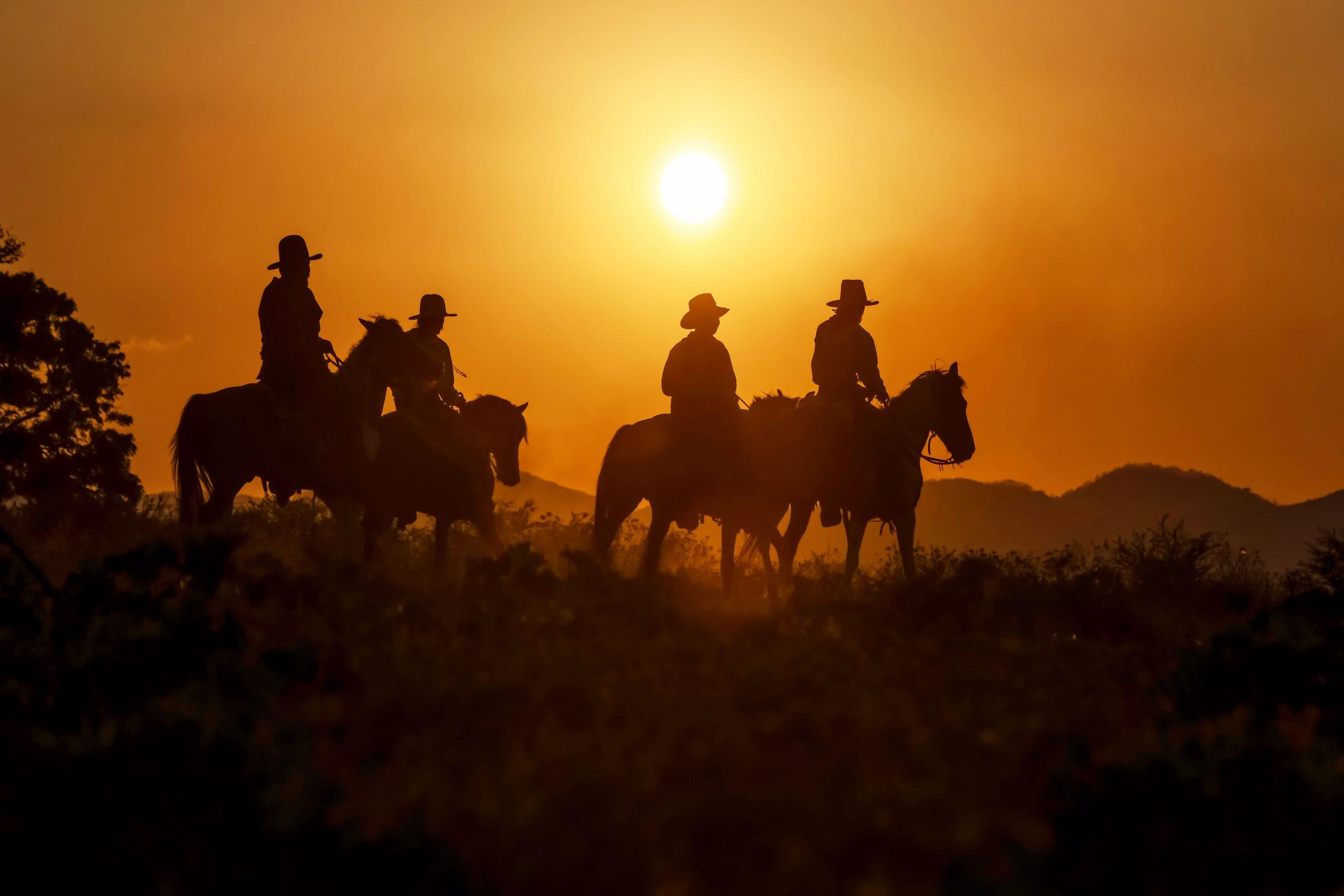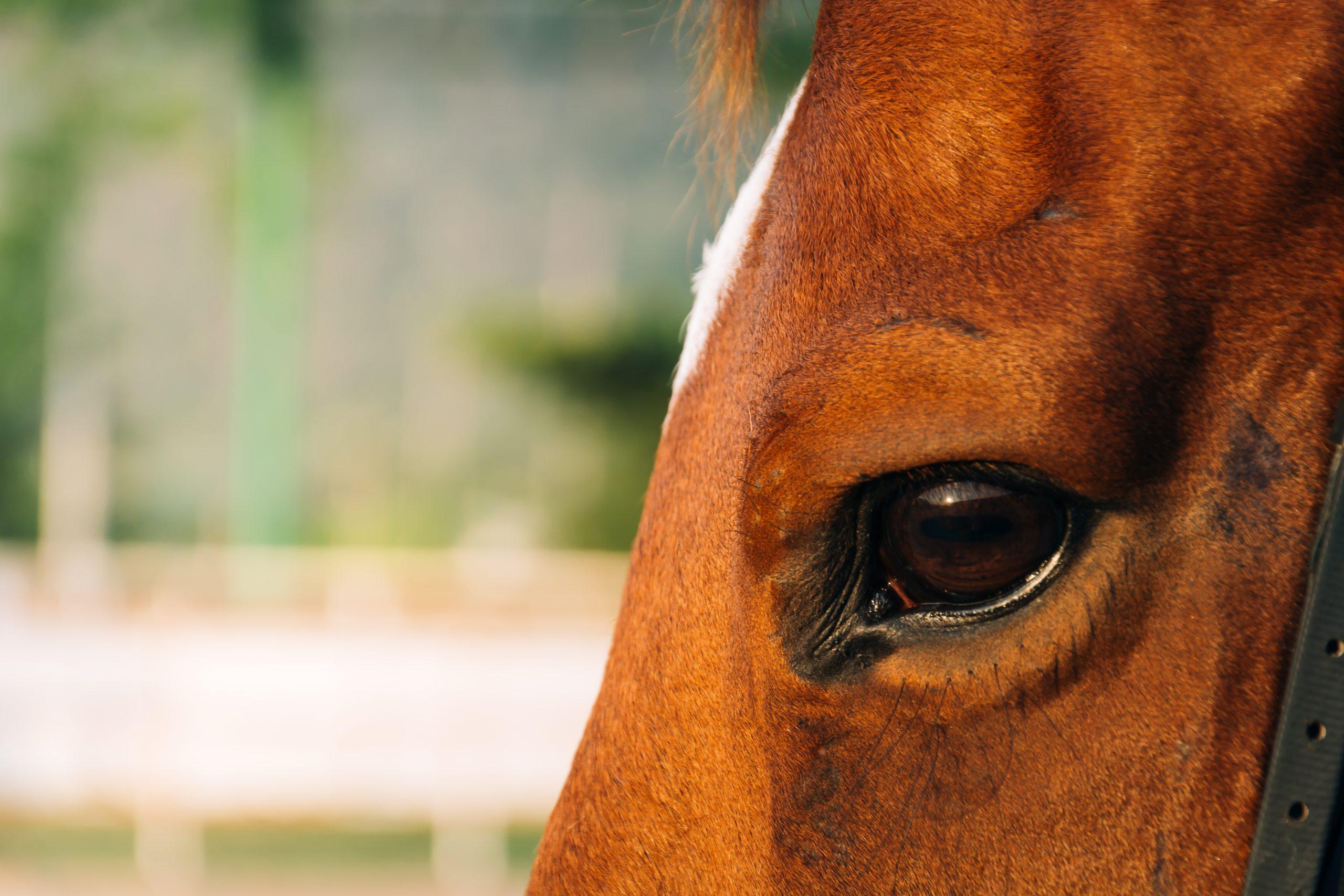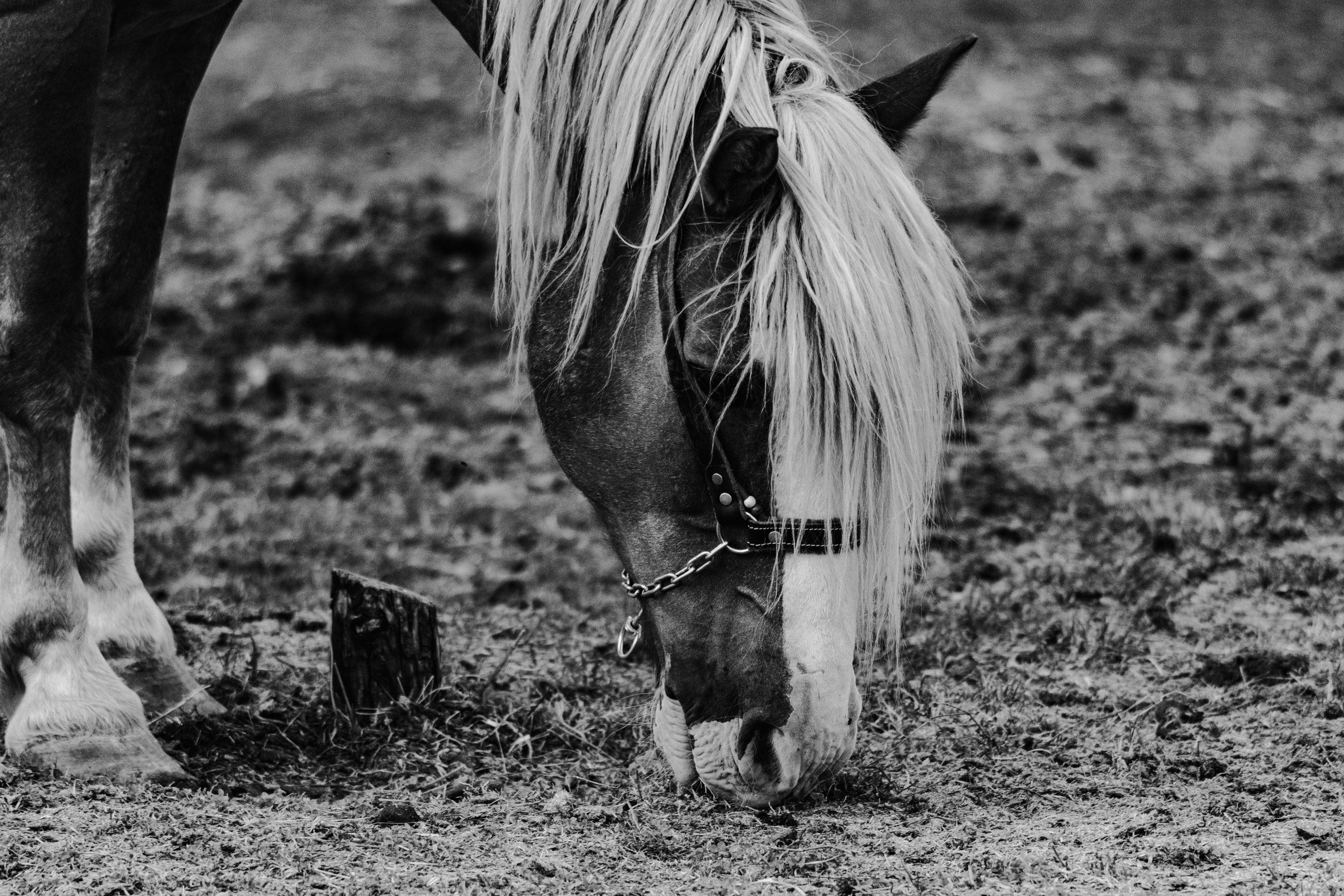Daily Limits of Horse Running
To understand the daily limits of horse running, solutions are available with factors affecting a horse’s daily running limits, the role of horse breeds in daily running limits, and daily running limits of different horse breeds. These sub-sections will help you analyze the constraints on a horse’s daily running ability based on its breed and various environmental factors.
Factors Affecting Horse’s Daily Running Limits
Horses’ maximum daily running capacity is influenced by various factors. These may include age, breed, physical fitness, health, and nutritional needs. Weather conditions and surface type can also affect their running limits due to exhaustion, fatigue or dehydration. It’s important to observe horses closely to establish their safe limits of running.
The distance a horse can cover in a day depends on its breed type and fitness levels. Younger horses have higher endurance while older horses should not be exerted beyond their limit as it can lead to injury or early retirement from racing. Nutritious horse feed based on good quality hay and grains is necessary to maintain muscle strength and energy throughout the day.
Despite having natural stamina, overexertion can cause serious injuries to horses such as rhabdomyolysis (muscle breakdown), tendon damage or heatstroke. Once a horse has reached its limit in a race or training session, it’s essential to provide water and rest for recovery.
Pro Tip: As an owner or trainer of horses, it’s essential to manage the recovery period between these activities properly. Veterinary advice may help assess the right exercise program based on each horse’s individual needs and limits.
Who knew that the breed of horse could determine their daily running limits? Looks like Thoroughbreds are the athletes while Shetland ponies are the couch potatoes of the equine world.
Role of Horse Breeds in Daily Running Limits
Horses have daily running limits that are influenced by their breed characteristics. The role of breeds is crucial in determining the physical capabilities and stamina requirements of horses during running activities. Different breeds possess varying levels of speed, strength, and endurance, which establishes how long and how far they can run each day.
In addition to the breed’s natural abilities, factors such as age, gender, diet, and training affect the daily running limit of a horse. A racing breed like Thoroughbred can run up to 20 miles per day at maximum capacity while a draft horse like Clydesdale may only manage six miles. These daily limits aim to ensure horses remain healthy and avoid exhaustion or injury.
Horse owners must be knowledgeable about their breed’s requirements and adjust physical activity levels accordingly while being mindful of any underlying medical conditions that can affect performance. Staying informed on available resources is crucial in aiding proper care for your horse and avoiding negative long-term consequences.
As a horse owner or breeder, keeping ideal daily limits for your horse based on its breed will result in optimal performance while reducing risks associated with over-exertion. Take note of these limits to keep your horses healthy and happy for years to come.
Why run when you can trot? A guide to daily limits of horse breeds and how to keep them from horsing around.
Daily Running Limits of Different Horse Breeds
Horses of various breeds have different limitations on their daily running. These limits depend on factors such as breed, age, health, and the level of physical activity. Knowing these limits is crucial for owners to maintain the horse’s health and prevent any undue stress.
Experts suggest that horses should not be forced into excessive exercise as their bodies may not be able to handle it. Arabian horses, for example, are known for their endurance and can run long distances without a break; however, overexertion could cause serious health issues in them.
It is also worth noting that daily running limits vary based on each horse’s individual needs and conditions. Other considerations include climate, weight carried by the horse, and terrain conditions.
Pro Tip: Consult with your veterinarian or an equine expert to determine the appropriate daily running limit for your horse based on its breed and unique needs.
Why run for days when you can horse around all day within the daily limit?
Multi-Day Running Limits of Horses
To understand the limits of a horse’s endurance during multi-day runs, explore the factors that affect these limits, and the role of horse breeds in determining these limits. This section will examine the multi-day running limits of different horse breeds to gain insights on their capabilities. Factors contributing to these limits will also be discussed. Understanding these aspects can help ensure your horse’s safety during long-distance runs.
Factors Affecting Multi-Day Running Limits of Horses
Horses’ Endurance: A Multitude of Factors
The success of multi-day running events for horses depends on various factors. These factors include the horse’s genetics, nutrition and hydration, training regime, environmental conditions, and overall health and fitness. Hydration is especially crucial as horses lose 2-5% of their body weight through sweating daily during exercise, leading to decreased performance and higher risk of injury.
Adequate rest periods between several days are necessary for horses to maintain stamina over long periods. Horses with excessive muscle fatigue have a higher risk of developing rhabdomyolysis syndrome, a potentially life-threatening muscle condition.
In contrast to popular belief that Modern breeding has deteriorated horses’ endurance capacities throughout history, the average speed of racehorses has significantly improved over the past century due to advancements in genetic selection and development in care techniques. However, pushing the limits too far regarding distance covered per day puts immense strain on horses’ bodies, making their overall well-being the top priority for event organizers.
Why settle for a one-trick pony when you can have a multi-day marathon machine?
Role of Horse Breeds in Multi-Day Running Limits
Horse breed plays a crucial role in determining multi-day running limits for horses. Different breeds have varying levels of stamina, endurance, and overall athleticism that affect their ability to sustain long-distance runs. Additionally, factors such as size, weight, age and training level can also influence a horse’s ability to handle such demands. Understanding the breed’s unique attributes is essential to help horse riders maximize their performance during races and ensure their safety during long-distance rides.
While various horse breeds exist in the equestrian world, it’s essential to note that not all are created equal in terms of endurance and stamina. For instance, Arabian horses are known to possess excellent running capabilities over long distances due to their light frame and incredible lung capacity. They can run up to 100 miles at an average speed of 15-20mph without stopping or slowing down. On the other hand, draft horses are built for slow-paced and heavy load carrying tasks; thus they’re not suitable for demanding runs.
It’s vital to emphasize that other elements play a role in determining multi-day running limits aside from breed type alone. These include environmental conditions like temperature, humidity, terrain composition/quality, availability of food and water along the route among others. It’s important to leverage these factors when selecting ideal horse breeds for specific events.
According to Equine Science News Publications (ESNP), horses with adequate conditioning can carry up to 20% of their body weight over extended multidays at moderate pace covering reasonable mileages-This was based on research conducted on Arabian horses by A.G.Leach et al published by CSIRO PUBLISHING (2020).
Just like people, some horse breeds were not meant for marathons, unless their idea of ‘training’ is binge-watching Netflix on the couch.
Multi-Day Running Limits of Different Horse Breeds
The running limits of various horse breeds over multiple days have been a subject of inquiry for many years. Different horse breeds possess different physical and genetic traits that play significant roles in their multi-day running capacity.
Aside from genetics, dietary preferences and access to enough water sources are also important factors that determine a horse’s multi-day running performance. The breed’s weight also plays a crucial role since heavier breeds tend to tire more quickly than lighter ones during extended runs.
While some breeds, such as Arabians and Thoroughbreds, display notable endurance, other breeds like draft horses can struggle to keep up with fast-paced runs due to their size.
To ensure the optimal performance of horses during multi-day runs, it is essential to provide them with appropriate food rich in calories and enough water before and after each run. Regular exercise combined with sufficient rest periods will also help maintain the horse’s health and energy levels throughout the run.
Who needs a gym membership when you can just train and condition like a horse for long distance running?
Training and Conditioning for Long Distance Running
To improve your horse’s endurance and performance in long-distance running, you need to train and condition your horse. In order to achieve this, let’s dive into the solutions presented in the sub-sections: preparing horses for long-distance running, various training methods to increase endurance, and factors affecting your horse’s performance in long-distance running.
Preparing Horses for Long Distance Running
The art of conditioning horses for extended-distance racing is a complex and specialized discipline. Equine athletes must be prepared physically, mentally and nutritionally to withstand the rigors of lengthy runs. Running a long-distance race is not just about running miles but also requires a well-planned training regimen including speedwork, endurance training, and hill work. Nutrition plays a vital role in fueling the horse’s body with the right nutrients at the right time to maintain energy levels throughout the race.
Moreover, varying terrains can affect performance, so trainers may take their horses on some trail runs to adapt them to varying elevations and terrain types. Veterinary check-ups are essential to ensure that there are no underlying health issues that can impact the horse’s performance if they want to excel in long-distance races.
A professional trainer once shared that he used acupuncture treatment early during a preparation period with impressive results in enhancing recovery rates for his horses. In addition, he advises using other common recovery protocols like ice therapy or massages after every training session to limit muscle soreness post-workouts. The animal’s psychological well-being is equally important as its physical condition since it affects its ability to compete effectively in long-term competitions like endurance racing.
Why run when you can ride? Training methods for increasing a horse’s endurance.
Training Methods for Increasing Horse’s Endurance
Horses can enhance their endurance level through different training methods. These approaches help them prepare for long-distance runs, ensuring they have the necessary stamina and strength to go the distance.
- Gradual Increase in Distance and Speed
- Hill Training
- Interval Training
- Plyometric Exercises
- Cross-Training
- Proper Nutrition and Hydration
In addition to these training techniques, it’s essential to monitor horses’ resting periods regularly. Resting periods allow for better muscle recovery and reduces the risk of injury.
Pro Tip: Before engaging in any long-distance run, seek advice from a licensed equine veterinarian or an equine exercise physiologist.
Why worry about factors that affect horses’ performance in long distance running when you could just ride a unicorn instead?
Factors that Affect Horse’s Performance in Long Distance Running
Factors that impact a horse’s performance in long distance running include training, conditioning, nutrition, physical health and genetics.
Appropriate training and conditioning programs tailored to the horse’s abilities can significantly improve their endurance. A balance of carbohydrates, fat and protein in the horse’s diet is essential for sustained energy during extended runs. Ensuring the horse is free from any underlying health issues will prevent injuries and fatigue. Genetics may play a role in determining a horse’s natural ability for long distance running.
Adequate hydration levels are crucial for peak performance during long-distance runs. Dehydration can lead to poor muscle function, fatigue and even heat exhaustion in extreme temperatures. Therefore, monitoring water intake throughout training and competitions is vital for maintaining optimal health.





